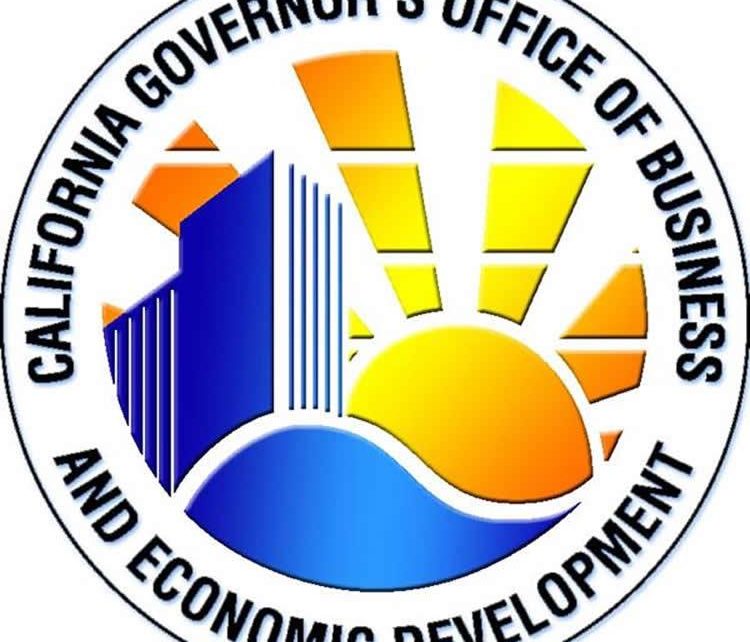
CA gobiz.com logo. (Photo: gobiz.com)
Why 2020 is Primed For Opportunity Zone Investments
OZs are an effective investment vehicle, especially in this precarious moment
By Reid Thomas, July 31, 2020 10:45 am
Amid all the bad news, there may be one bright spot this summer (and beyond) for investors: Opportunity Zones. New deadlines, growing momentum, and various market factors will converge to make such investments — and the positive social impact they bring — more attractive than ever.
First, a new IRS deadline extension should help put 2019 capital gains to work this summer and the months that follow. Here’s why: in normal times, regulations dictate that investors have 180 days from when capital gains are realized to invest them in a qualified opportunity fund (QOF); however, in response to the economic crisis, these regulations have been adjusted such that investors who realized capital gains on or after October 4, 2019 now have until the end of 2020 to invest in a QOF. This gives investors sorely needed time to make decisions and should ultimately prime OZs for the rest of the year.
The recent selloff in the stock market only adds to the dry powder on hand this summer. Coming off a strong bull run, COVID-19 incited some investors to sell stock and take (a potentially unplanned) recognition of capital gains. Investors with newfound liquidity might find OZs an appealing diversifier in a volatile environment.
But none of this would matter if OZs weren’t such an effective investment vehicle, especially in this precarious moment. Their long-term nature (investors must hold onto assets for 10 years to realize their full benefit) provides ample time for projects to move through the downturn and appreciate before investors look to sell.
OZ investors today can also be confident knowing they’re getting in at the start of a new real estate cycle, replete with lower labor, land and construction costs, and historically low-interest rates.
These factors, in tandem with the growing momentum of Q3 and Q4 OZ investments from 2019, have already borne fruit. QOFs have continued to make deals, close construction financing agreements and break ground on new developments. At least four new OZ developments have started construction since March in the D.C. area alone.
Most importantly, as the U.S. begins to emerge from the immediate aftermath of COVID-19 – and with protests continuing across the country – there will be an added focus on social impact and equitable recovery of our hardest-hit and historically underfunded communities. These priorities are shared by the OZ program, which aims to invest and uplift these very communities.
In this respect, we expect residential housing to remain the top investment area, be it affordable housing, apartment buildings in emerging regions, or multifamily housing serving a growing population. On the other hand, retail and hospitality may remain at higher risk, given the uncertainty of these industries’ recoveries.
The coming wave of OZ investment will also underscore the need for specialty financial administration, more transparency and better reporting. Now more than ever, new and existing investors will demand a quantitative measurement of their dollars’ social impact, a clear picture of how many jobs it created, and whether it met affordability mandates. And with so much else in our lives still wracked with unknowns, they’ll want to know that the QOF they choose fully understands the complex tax, accounting, and compliance nuances inherent in a specialty fund.
With all that said, one thing is clear: For those looking to escape the turbulent market for calmer waters — while contributing to the recovery of our hardest-hit communities — now may be the perfect time to check out Opportunity Zones.
Governor Gavin Newsom’s 2019-2020 proposed budget includes language which addresses the issue of federal conformity related to the Opportunity Zones, on page 94 of the budget summary: “The state will also make EIFDs a more attractive economic tool by pairing them with the federal Opportunity Zones program. To make Opportunity Zones more effective, the state will conform to federal law allowing for deferred and reduced taxes on capital gains in Opportunity Zones for investments in green technology or in affordable housing, and for exclusion of gains on such investments in Opportunity Zones held for 10 years or more.
- Why 2020 is Primed For Opportunity Zone Investments - July 31, 2020








I don’t see California as an opportunity zone. More of a get out while you can situation.